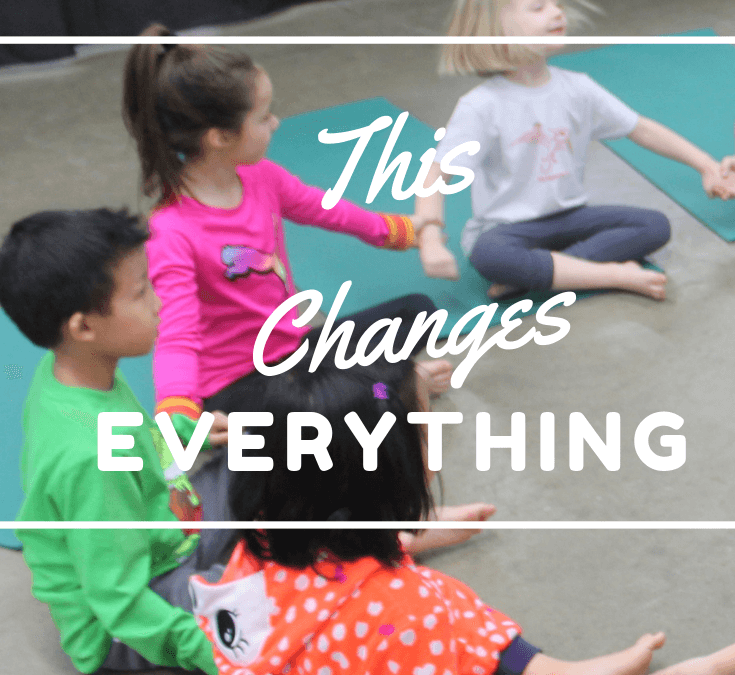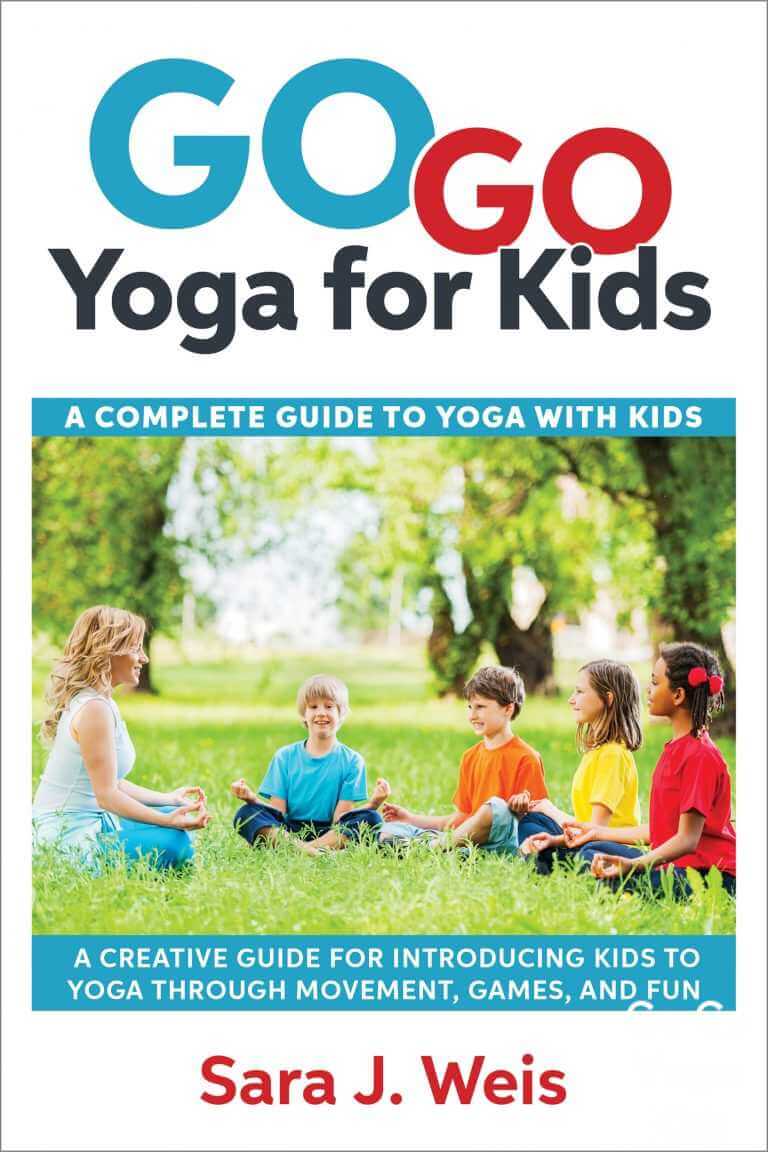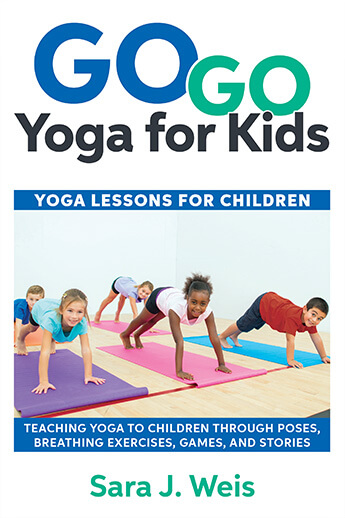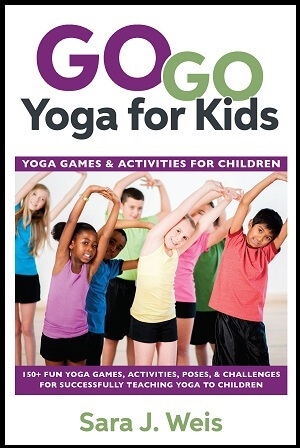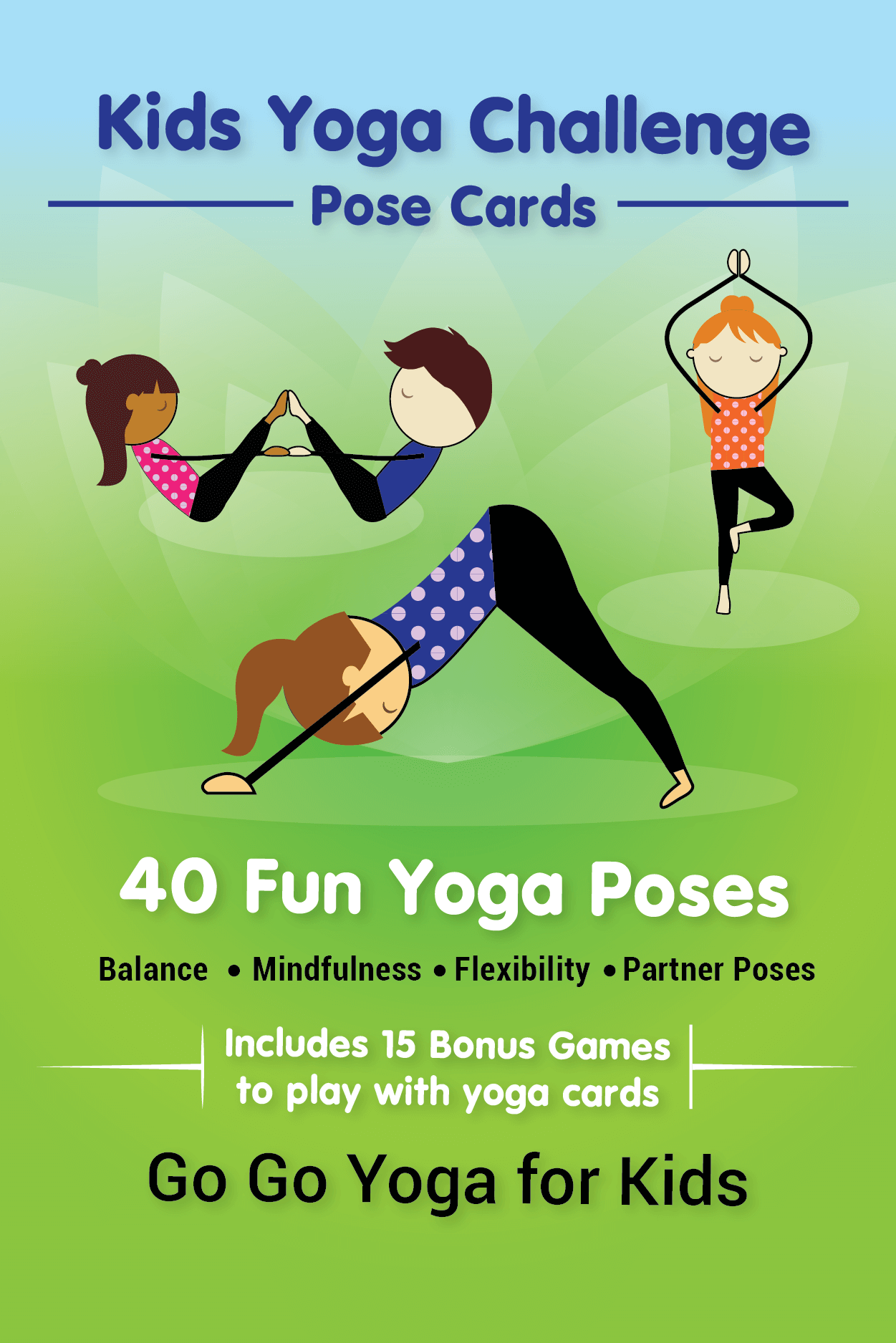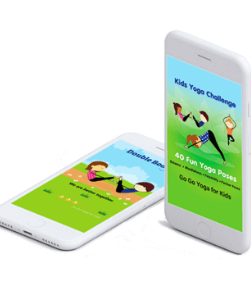Have you ever had that “a-ha” moment where you look back and can recognize a learning opportunity or pivotal moment?
I don’t mean to make this sound like a lightning strike or mountain moment where everything was crystal clear and an obvious path was laid before you. I mean looking back, reflecting, and understanding something in a different way.
The Power of Reflection
I enjoy looking back on what has happened, accomplished, or stories I want to remember. For example, twice a year I take a moment and journal in each of my kids’ memory books about things that happened and that are important or memorable for each of them. I also have a family “year in review” journal that I jot down family memories and accomplishments at the end of each year. Every December when I pull out those journals my children always want to hear what I wrote and it brings back memories that they may have forgotten.
It is important to look back and think about what has changed, what you have made progress in or pivoted in completely and what you have learned.
A Teaching Reminder
As I was reflecting on my early years teaching yoga to children, I remembered one turning point that changed exactly how I carried out my kids’ yoga classes.
You see, I got a little caught up in the “how” instead of the “why.”
I knew how to teach yoga for kids, but why was I doing it?
I had spent hours creating these memorable and teachable lesson plans that I just couldn’t wait to try out with my students. I was so excited to see my lesson plans put into motion and envisioned kids laughing, playing, and being engaged throughout. More times than not, that was the case, and I felt like I had it all mastered.
Then there was one particular class about three months into my teaching kids yoga career when I noticed something was off with my class. We were zipping along and practicing the learned yoga poses, but I felt removed and the students were unconnected. There was no synergy. No engagement. Kids were doing what I asked of them, but it all felt blah and lackluster.
Teaching Is More Than A Lesson Plan
I realized then and there that I could create the most amazing lesson plans and power through it all so that everything was “covered” or “mastered,” but if the kids aren’t feeling known, connected, and cared about then what did it really matter? The whole lesson plan would be completed, but it would feel flat and unmemorable.
First Build a Connection With Your Students
It is so very important to take the time to build that connection with your students and for them to engage with one another.
Since that class, I have made time for The Welcome at each start of class. Every child gets a chance to share and be known. It takes only moments, but what a difference it makes in setting the tone for your class. They are involved and invested. You have shown that you care about them as a person and want them to succeed.
I carry this out in my classroom teaching as well. I can have the most amazing lesson plans for my fourth graders on how to write a biography, but if they don’t feel safe, cared for and heard above all, it will not even matter.
Want to know more about how to effectively engage your students from the start? See my tips here for the most important part of how to teach yoga for kids
You may also like:
The Most Important Part of Your Kids Yoga Class
3 Things You Didn’t Know About Teaching Yoga to Children
Are you ready to learn exactly how to plan and carry out your kids yoga classes?
Learn How to Teach Yoga to Kids

